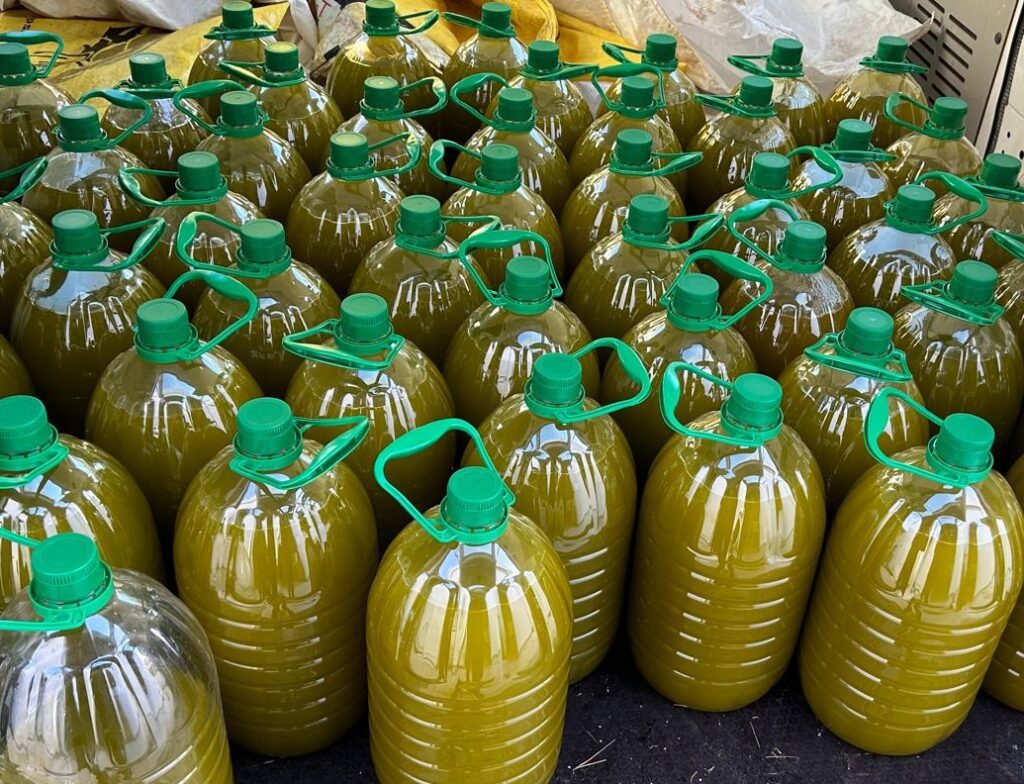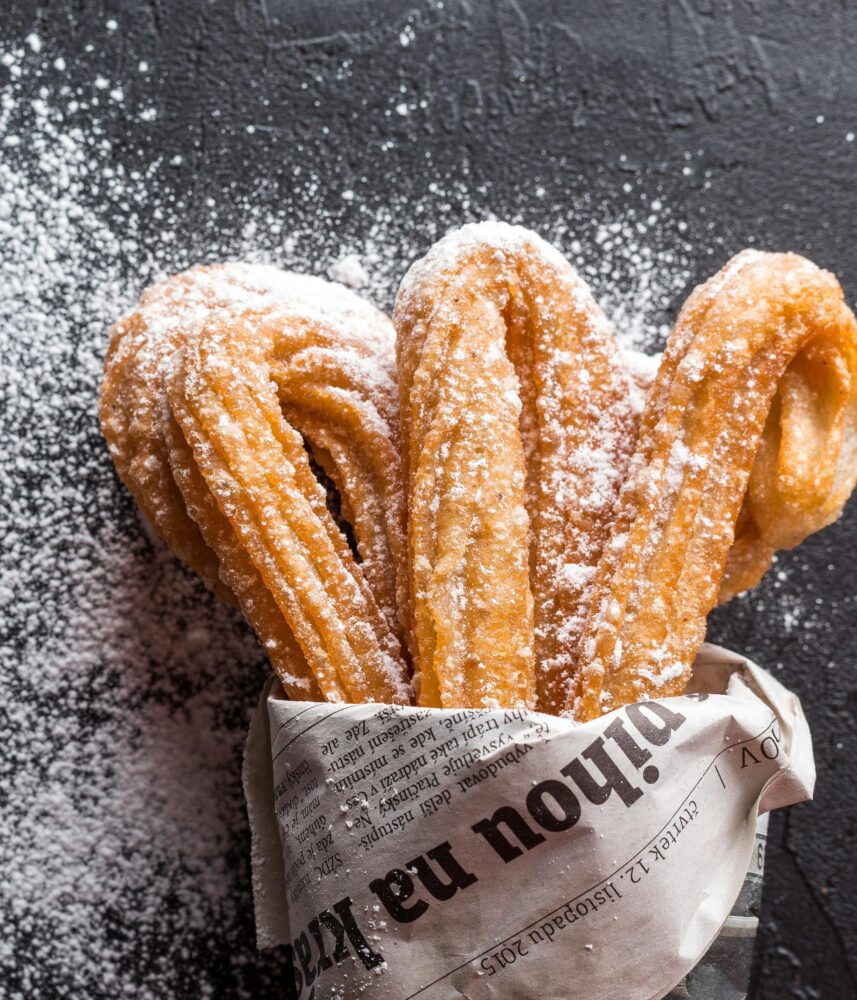Buñuelos and Spanish fried pastries are more than just food—they are like many other Spanish delicacies tied to religious, seasonal, and local traditions. The history of fried pastries in Spain is deeply intertwined with its diverse cultural influences and has its roots back to Roman, Moorish and Sephardi traditions. Spanish pastries baked with oil (often olive oil) has a definit place in the country’s culinary tradition. The most known pastries are iconic Spanish treats that you can find on market days, in bakeries and on special holidays occasions such Christmas and Semana Santa ( The Holy Week).
The olive oil
In Spain, olive oil is traditionally used for frying pastries. This is particularly true for the classic deep friend dough desserts. Extra virgin olive oil is often preferred for its flavor and health benefits, though some people may use a lighter olive oil or sunflower oil if they want a more neutral taste. The choice of oil can depend on the desired flavor profile and the specific pastry being made, but olive oil remains the most authentic option in Spanish cuisine. It is important to find an oil that allows for high temperatures.

The deep friend dough
The deep fried dough pastries belong to a very ancient Mediterranean culinary tradition. Fried dough is often associated with abundance, indulgence, and celebration. When you eat it you feel Its rich, comforting nature and it is therefore perfect for festivals, religious events, and holidays. The effect on the waist line is a different story all together.

The Churros
The most basic version of the deep fried dough is the fried churro. It flour dough which you blanch in water with oil or lard . This pastry you can find in different formats throughout the Mediterranean.
The origin or inspiration of the Churro could be from a Moorish fritters or perhaps the Chinese “youtiao”. Today it is a staple street food and honestly not that exciting. It is more interesting to ponder that it could have been Portuguese explorers that brought the fritter to the Iberian Peninsula and to Spain .

Buñuelos
Buñuelos is a kind of doughnut-like pastry common on religious holidays, such as All Saints’ Day or Christmas. They are filled with cream, custard, or fruit. Nevertheless the buñuelos are also staples at local fairs. Even though the origins is Spanish. the pastries are also popular in Latin America, the Philippines, and parts of North Africa.
Rosquillas
Rosquillas are also doughnut-like pastries date back to ancient times. The recipes vary between regions and localities. They are often fried and dusted with sugar or soaked in syrup.
Doughnuts around the world
The Hanukkah pastry Sufganiyot is a fried jelly-filled doughnuts. You fry these pastries in oil to commemorate the miracle of the oil that lasted eight days in the Hanukkah story.
In German they have the Berliner or Krapfenc which is a jelly-filled doughnut . Seemingly even tough you can buy the pastry the whole year they are especially popular on New Year’s eve. People would eat the Berliner right after the clock strikes twelve is a Berliner. It is also a jelly-filled doughnuts.
Italians have a pasty that they call zeppole, a which is fried dough that you fill with cream or jelly. They serve the pastry for Christmas and other festive occasions.
In Poland they call the fried doughnuts Pączki and fill it fruit preserves. They eat it on the Thursday before Lent.
Latin American Festivities
The Anglo-Saxon influence is strong in my country Sweden. I think that many Swedes believe that the doughnut is a made- in-America pastry. In the US there are many traditions and holidays when the Americans eat fried pastries such as Halloween and Christmas. In Sweden we would also associate the doughnut with Great Britain.
